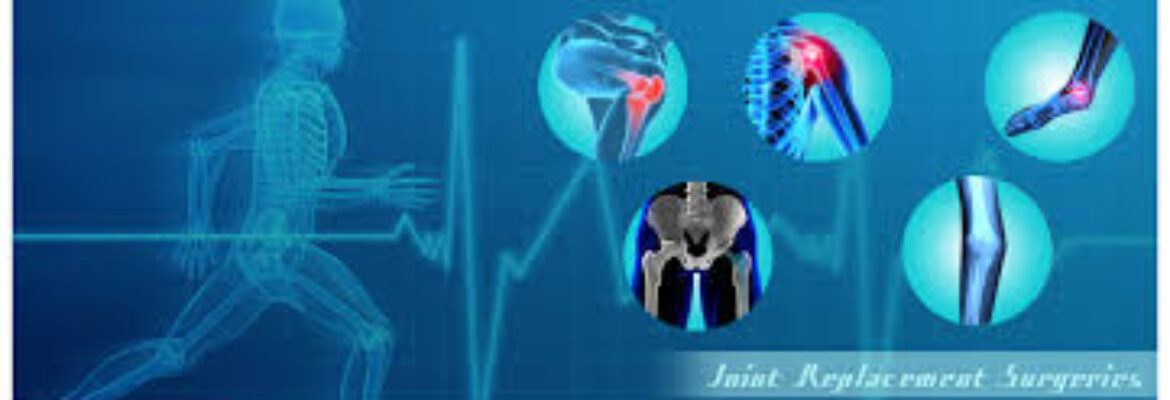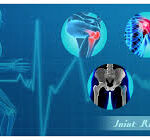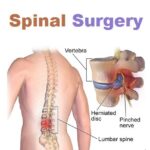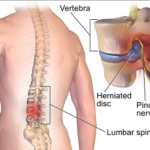Spinal Surgery in Lagos
People with symptoms related to spinal cord or nerve root compression, such as significant weakness in an arm or leg or limb, we may recommend surgical intervention if non-surgical management was unsuccessful.
Spinal Surgery is required if,
- Herniated or ruptured disks, in which one or more of the disks that cushion the bones of the spine are damaged
- Spinal stenosis, a narrowing of the spinal column that puts pressure on the spinal cord and nerves
- Spondylolisthesis, in which one or more bones in the spine slip out of place
- Vertebral fractures caused by injury to the bones in the spine or by osteoporosis
- Degenerative disk disease, or damage to spinal disks as a person gets older
Common Types of Spinal Surgeries in Lagos,
- Vertebroplasty and kyphoplasty. These procedures are used to repair compression fractures of the vertebrae caused by osteoporosis. Both procedures include the injection of a glue-like bone cement that hardens and strengthens the bone.
- Spinal laminectomy/spinal decompression. This is performed when spinal stenosis causes a narrowing of the spinal canal that results in pain, numbness or weakness. The surgeon removes the bony walls of the vertebrae and any bone spurs, aiming to open up the spinal column to remove pressure on the nerves.
- Discectomy. This procedure is used to remove a disk when it has herniated and presses on a nerve root or the spinal cord. Laminectomy and discectomy are frequently performed together.
- Foraminotomy. In this procedure, the surgeon enlarges the bony hole where a nerve root exits the spinal canal to prevent bulging disks or joints thickened with age from pressing on the nerve.
- Nucleoplasty, also called plasma disk decompression. This laser surgery uses radiofrequency energy to treat people with low back pain associated with a mildly herniated disk. The surgeon inserts a needle into the disk. A plasma laser device is then inserted into the needle and the tip is heated, creating a field that vaporizes the tissue in the disk, reducing its size and relieving pressure on the nerves.
- Spinal fusion. The surgeon removes the spinal disk between two or more vertebrae, then fuses the adjacent vertebrae using bone grafts or metal devices secured by screws. Spinal fusion may result in some loss of flexibility in the spine and requires a long recovery period to allow the bone grafts to grow and fuse the vertebrae together.
- Artificial disk replacement. This is considered an alternative to spinal fusion for the treatment of people with severely damaged disks. The procedure involves removal of the disk and its replacement by a synthetic disk that helps restore height and movement between the vertebrae.
- Percutaenous Laser disc decompression( PLDD)
- Image guided epidural injections
- Facet joint injections
- Percutaenous transforaminal endoscopic spine surgery( key hole surgery for back pain)
- Biportal endoscopic spine surgery for stenosis
- Open spine decompression and fusion
Spinal Surgery Approaches,
Whether open surgery or MISS, the spine can be accessed from different directions. These are referred to as surgical approaches and are explained below:
- Anterior approach: As the name implies, the surgeon accesses the spine from the front of your body, through the abdomen.
- Posterior approach: An incision is made in your back.
- Lateral approach: The pathway to your spine is made through your side.






